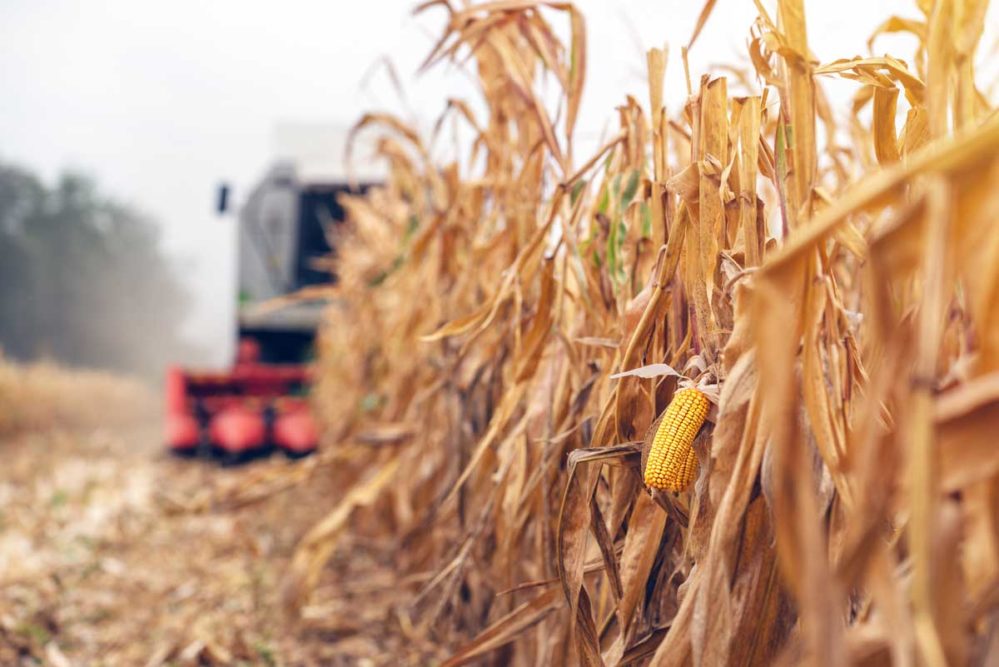DENVER, COLORADO, US — The rural United States is experiencing a dichotomy of improving industry fundamentals and a surge of coronavirus (COVID-19) cases, according to a quarterly report released by CoBank’s Knowledge Exchange on Oct. 8. Rural communities are now the source of a disproportionate number of new cases, just as many Americans are beginning to spend much more time indoors.
“The good news, at least from an economic standpoint, is that many rural industries have begun to turn the corner,” said Dan Kowalski, vice president of CoBank’s Knowledge Exchange division. “This is particularly true in agriculture. A weaker, steady dollar has supported a price recovery in most agricultural commodities. And despite the myriad of challenges they’ve faced in 2020, essential rural industries are finding new ways to survive and, in some cases, thrive.”
The US ethanol sector continued to recover during the third quarter to a new baseline level equaling roughly 90% of pre-COVID demand. Recent developments surrounding E15, small refinery exemptions, federal relief and another delay on Brazilian import duties appear to be incremental positives for the ethanol complex, according to the report.
Large grain sales to China, and recent reductions in ending stocks and expected production, have provided a relief rally for US grain farmers. Strong export sales were a major driver of recent positive commodity price performance. However, China has a propensity to announce but not close grain purchases, so whether China will ultimately import the grain remains a lingering question.
Farm supply retailers navigated through a volatile, yet ultimately successful growing season. The current season ended with an expected strong harvest despite crop damage and stress caused by extreme storm activity and dry weather. Direct government payments to agriculture producers throughout 2020 could result in higher prepayments to farm supply cooperatives during the fourth quarter in advance of the spring 2021 planting season.
The US beef complex ended the third quarter in a far better position than where it started. Over the last three months, boxed beef cutout has climbed 5%. This helped lift cattle prices by 10% since the low around Independence Day. Profitability for cattle feeders has improved to break-even levels on a cash basis and packer margins have remained elevated.
Renewed optimism for trade is the bright spot for the US pork sector after pork exports slowed significantly over the summer. Germany discovered African swine fever (ASF) in wild boars, leading many key pork importing markets to ban pork exports from Germany. Lean hog futures have spiked on this news. Hog producers are expected to lose $7 per head in the coming quarter and see positive margins of $15 to $20 per head in the first half of 2021.
Foodservice continues to be a difficult channel for US animal protein, but the chicken sector is faring better than most, thanks to quick-service restaurants and take-out dining. The third quarter brought improved pricing and margins for the US chicken industry. Most producers were modestly profitable over the summer. The weak spot in the US chicken complex continues to be dark meat chicken prices.
The reopening of restaurants in the third quarter was welcome news for specialty crop producers and processors with foodservice contracts. Although the expected rise in COVID-19 cases this fall and winter would further strain the restaurant sector and close more schools, causing greater uncertainty. Produce sales at retail grocery stores, however, remain solidly above year-ago levels and are widely expected to remain at higher levels than prior years for the foreseeable future.
US rough rice futures ended the third quarter near contract highs in the pan-commodity rally with support from a weaker US dollar. Rising global prices, notably in Brazil, hint at a potential improvement in export demand for US rice in Q4.
The full quarterly report is available on cobank.com.




